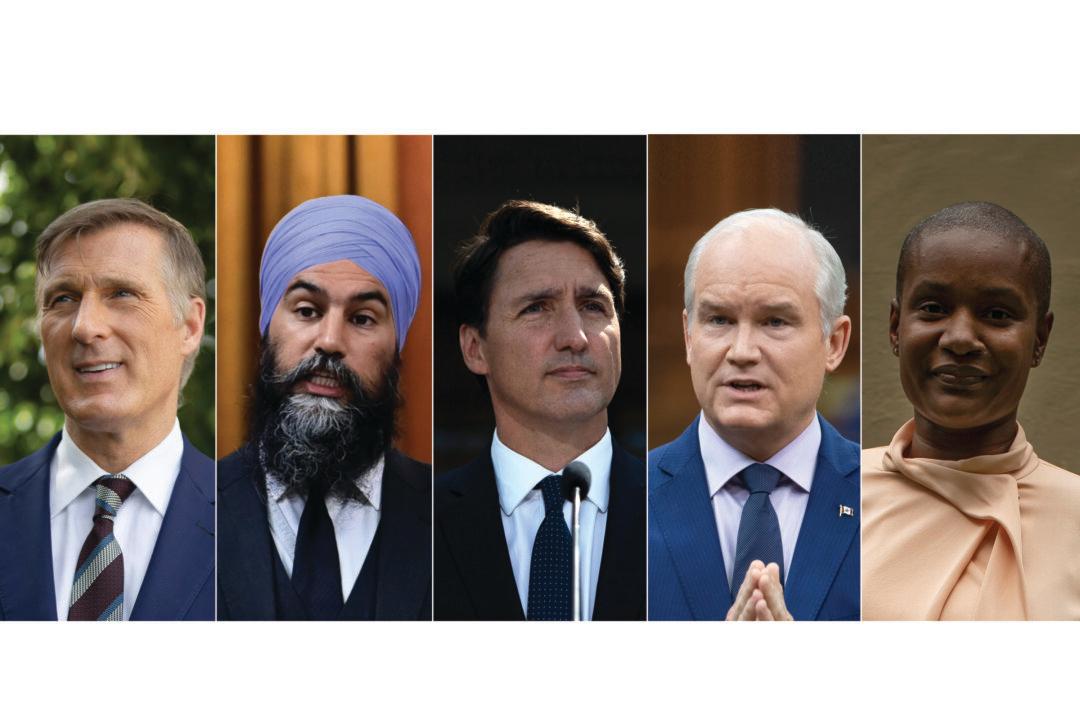Here’s a look at the economic platforms of the parties competing in the 2021 federal election campaign.
Liberal Party
The Liberals were the last of the main political parties to release their economic platform, and at the time it was the only one fully costed by the Parliamentary Budget Officer (PBO).
In addition to running up a record deficit and debt, the Liberals are prepared to spend more than $78 billion over the next five years. The party is focused on recovery from the pandemic but did not come up with any notable new ideas from what was in April’s federal budget. It avoided national pharmacare and a universal basic income. The thrust of the Liberals’ approach focuses on green jobs, social support, and diversity and inclusion in all aspects of their economic plans.





